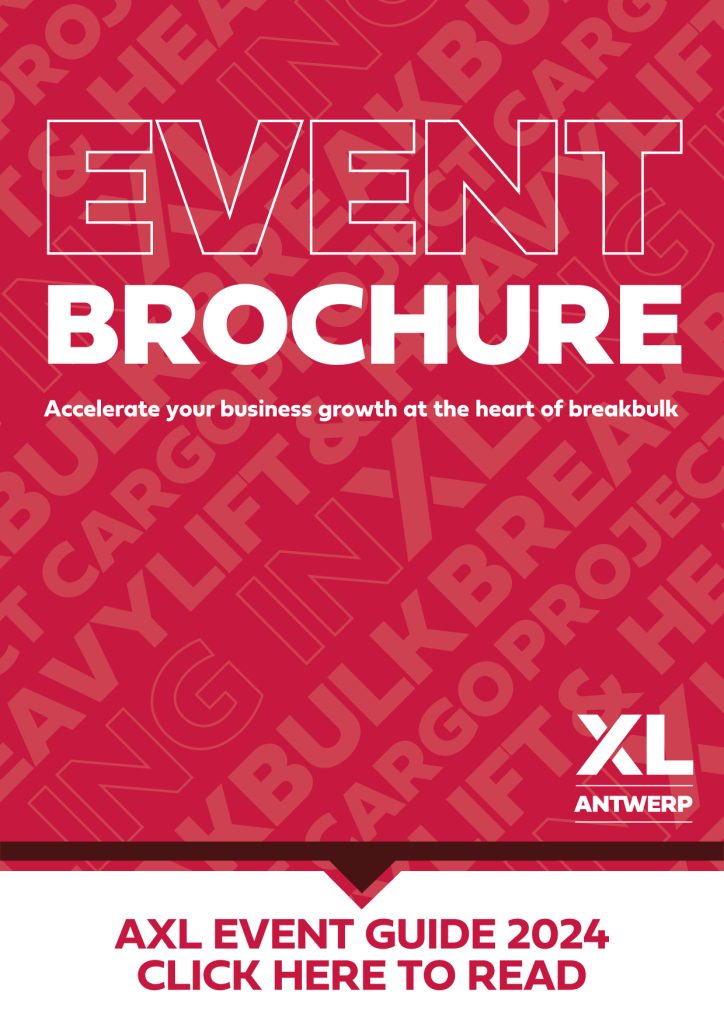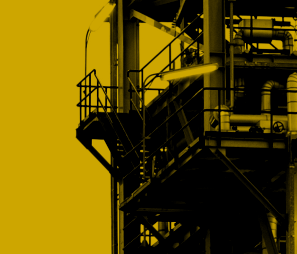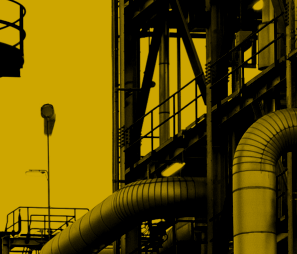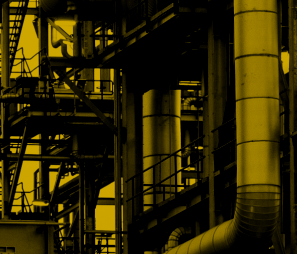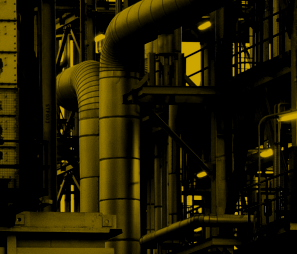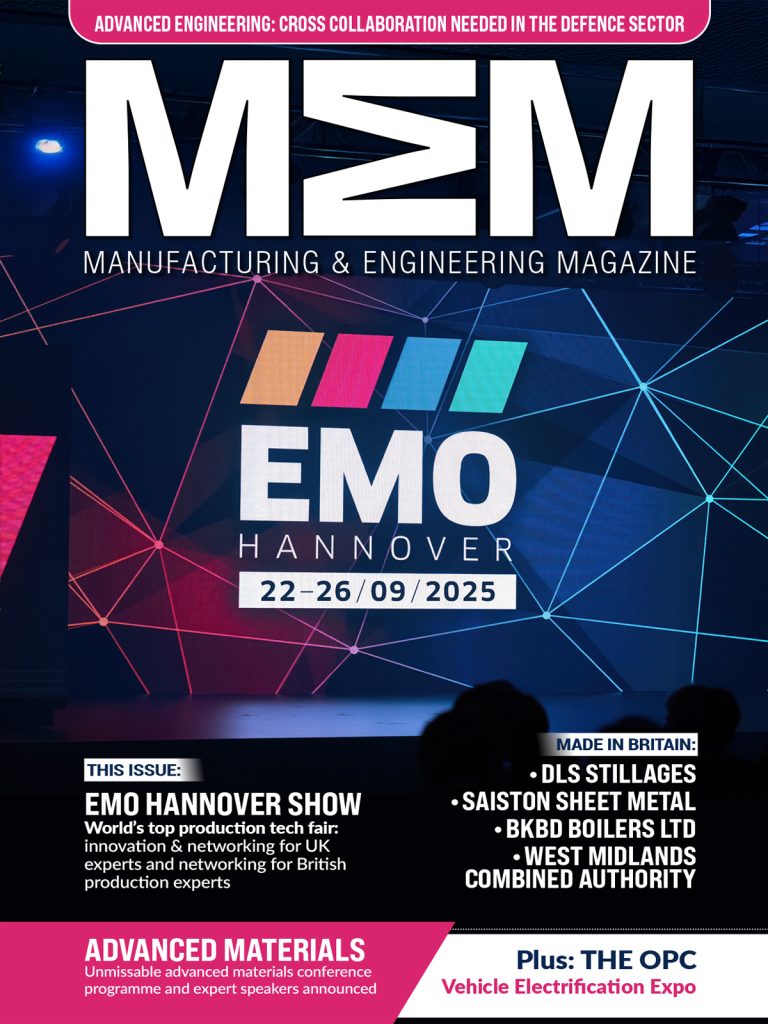Keeping Recycling Local : British Glass Calls for a Closed Loop Recycling System in the UK
- The export of glass cullet for remelt rose by 79,000 tonnes last year, a 31% increase compared to 2021
- 24% of remelt glass is now exported; resulting in an increase in UK site emissions of 52,000 tonnes of CO₂ at a cost of an additional £8m in energy and carbon cost to the UK glass industry
Glass is 100% recyclable compared with many alternative packaging materials that can often contain single-use plastic linings. Using recycled glass, or cullet, in glass production can also lead to significant emissions savings.
For every tonne of recycled glass used to produce new products, there is approximately a 250 kg reduction in CO₂ on site. Alongside supply chain reductions, this can lead to a 580 kg reduction of carbon emissions.
However, large quantities of unprocessed cullet are currently being exported from the UK as part of local authority waste management contracts.
The export of glass cullet for remelt rose by 79,000 tonnes last year, a 31% increase compared to 2021. 24% of remelt glass is now exported, resulting in an increase in UK site emissions of 52,000 tonnes of CO₂ – and at an additional £8m in energy and carbon cost to the UK glass industry.
British Glass is calling on local authorities to consider the destination of collected waste glass to support the UK circular economy and industry decarbonisation efforts.
Dave Dalton, Chief Executive of British Glass, said: “There is an opportunity to make the most of high recycling rates of glass in the UK – 73.6% for glass in 2021 vs 44.2% for plastic – and ensure glass manufacturers have access to affordable recycled materials. This would generate emissions savings from an energy intensive industry today, whilst simultaneously reducing the use of single-use plastics.
“Longer term, investment in the national grid is ongoing and it is essential that energy intensive industries like glass can access enough energy resource to implement hydrogen and hybrid technologies effectively. When glass manufacturing processes shift away from natural gas, and recycling cullet reduces the need to extract as many raw materials, glass manufacturing can be a leading example of a sustainable circular economy.”
Manufacturing & Engineering Magazine | The Home of Manufacturing Industry News





